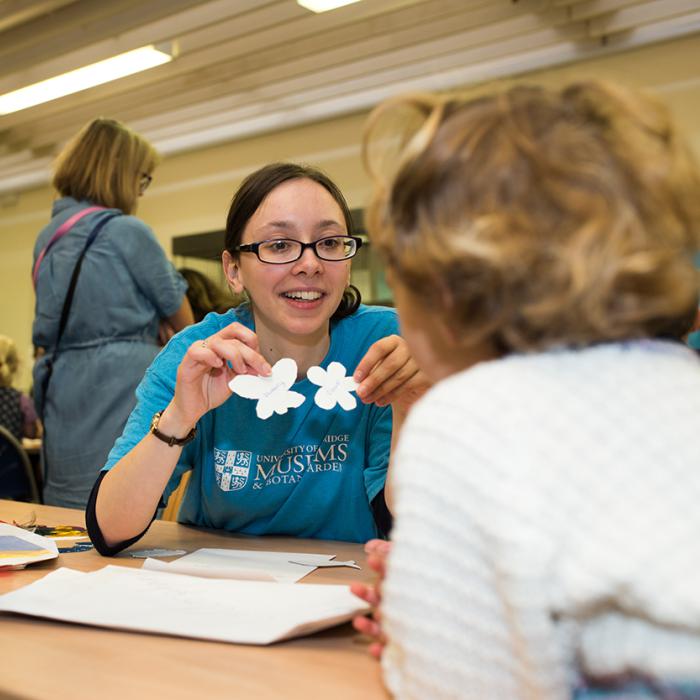Inspired by the indigo plants in the garden, each person will build their own small indigo vat and explore the magic of indigo on cotton fabrics. We’ll do shibori – folded, bound, scrunched and stitched resists patterns. With indigo, the fabric changes from green to a beautiful blue and becomes even bluer as we progressively build up colour. This is an opportunity to experiment, to create some beautiful fabric samples and to learn about new ways of working with this ancient dye.
Session 1: 7 September; Session 2: 21 September; Session 3: 5 October; Session 4: 19 October
Four linked sessions will explore the wealth of resources available for researching the history of a garden or designed landscape.
On this two day course in oil painting technique, professional artist John Wiltshire will demonstrate techniques and approaches to oil painting in the open air. With enough time to create your own painting this is a rare opportunity to work in the beautiful historic setting of the Botanic Garden and explore oil painting over an extended period.
By July many of our finest native plants have finished flowering, with the notable exception of glorious shows of thistles, ragworts, dandelions and mayweeds – a great time therefore to concentrate on the Asteraceae or the Compositae as we used to call them.
This two day course aims to teach you how to illustrate Composite flowers, and a bit about the anatomy of this family of plants. We’ll touch on the botany of both the flowers and the seedheads, think about composition, and there’ll be demos and handouts suggesting ways to illustrate them. You will get to examine and draw some of these flowers and florets under the microscope, illustrate a variety of Composite species, and had the opportunity to look at Composite species in the garden and to work on a couple of watercolour illustrations of these wonderful flowers. Throughout
You will explore the Botanic Garden to collect some plant materials, and re-create paint making processes using documented recipes from historical manuscripts and ancient sources.
Session 1: Wed 5 July, Session 2: Wed 12 July, Session 3: Wed 19 July, Session 4: Wed 26 July
This course would be perfect for learners who have completed the Introduction to Garden Design course at CUBG or similar elsewhere.
Course content is flexible and will be tailored to the needs of the learner group. It will be most meaningful for those who have a garden design or redesign in mind and would like to dive deeper into details such as planting schemes, hard landscaping, water features and garden lighting.
Plants have featured heavily in fiction, whether celebrating their beauty or used to poison in murder mysteries! This course will celebrate murderous plants in a selection of stories. From Shakespeare’s plays to Colin Dexter’s Morse, and in between, we will explore deadly plants featured, as well as some story-telling skills.
Travelling through the seasons we will explore the history, folklore and culture of three wild plants in bloom (or at least in foliage!) that month. The session will encourage you to search out plants in all seasons and enjoy the history in folklore and culture, and their use for medicines, cooking as well as the many and varied traditional names which help us trace that history.
The Kettle’s Yard artists’ residency programme saw the gallery host artists including Dhruva Mistry, Mary Kelly, Veronica Ryan, Ian Breakwell and Jo Stockham. Combining Eastern Arts funding with partnerships with Cambridge University colleges, curator Hilary Gresty arranged studio space, exhibitions and workshop facilitation opportunities for the artists in residence.

